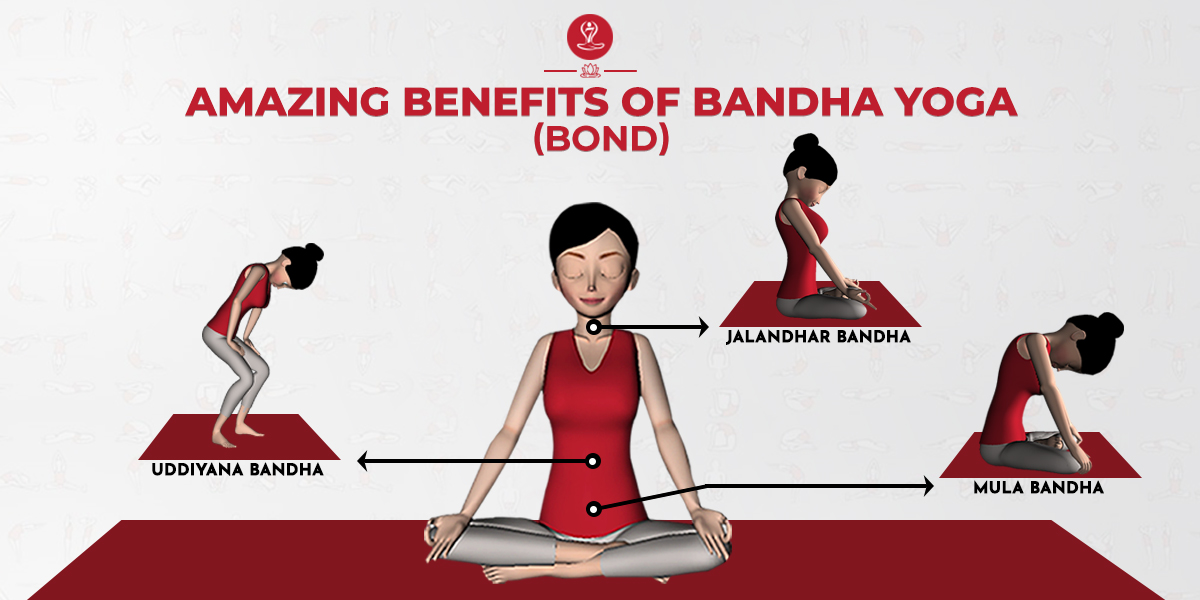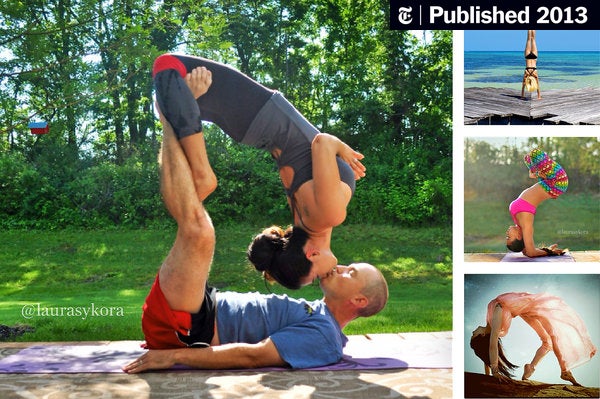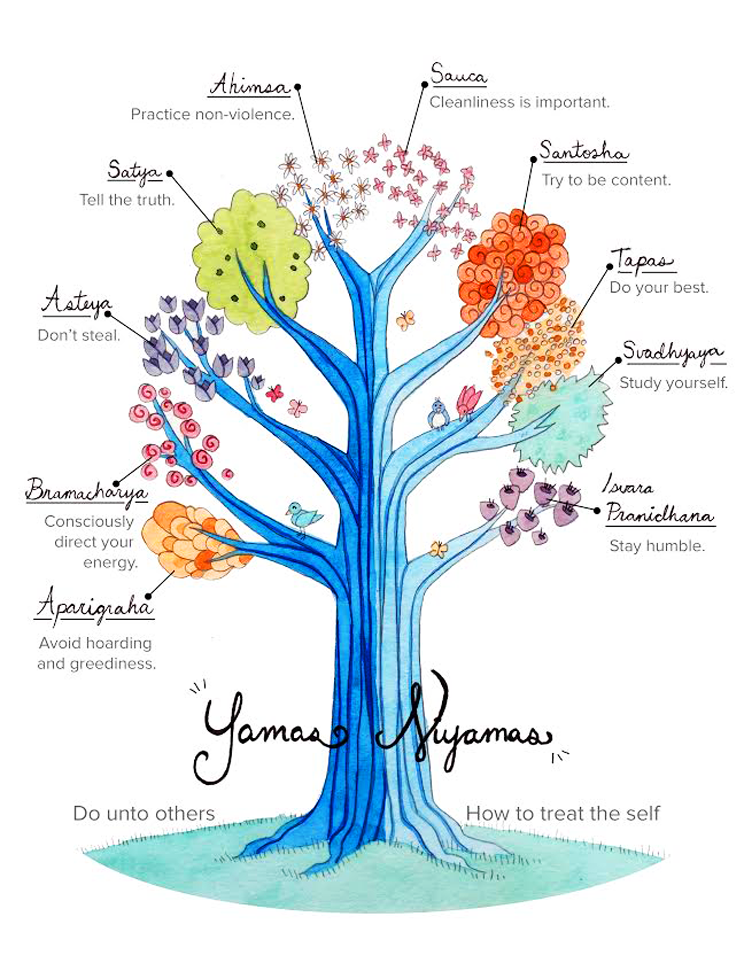
Many sufferers of migraines have found yoga to be a successful treatment. Clinical trials show that yoga is effective in relieving migraines. In addition to reducing stress, the exercise helped patients improve their cardiac autonomic balance and reduce the sympathetic drive. These results have been confirmed by a variety of studies. To learn more about the effectiveness of yoga as a treatment for migraine, you can read on!
Legs Up the Wall, one of the most commonly used poses to treat migraines, is the best. The legs are raised towards the ceiling in this pose. Blood flows to the brain the opposite direction from downward dog. For this pose, lie down on your back and point your knees upwards. Place your arms at your sides. While pressing your forehead into the mat, keep your chin up and your neck away from your chest. This position helps to relieve pain and lengthen the spine.

Bridge Pose is a popular pose for those suffering from migraines. It releases tension in the upper body and helps increase blood flow to the brain. To perform the pose, lay on your back and lift your knees. For at least 15 minutes, you can hold the bridge pose. Increase the time you spend in this position if it helps. This will help you live a happier life. If you're suffering from migraines, consider incorporating some of these practices into your daily routine.
Child's pose relieves tension in the upper body and increases blood flow to the head. The bridge pose is particularly helpful because it increases the flow of blood to the head. You can do this pose on your back, while keeping your eyes closed. To reach your feet and relax your upper body, bend your knees slightly. It is recommended to practice this pose several times a day to prevent migraines.
It is an excellent way to find a yoga headache relief. It helps relieve pain and restores the cardiovascular system. The downward dog is a wonderful way to relieve a painful headache. It activates the pressure points of the head and neck. It is a great way to combat a migraine. You can do it in bedside yoga for migraines. If you aren’t comfortable sitting down, you can perform the pose in a seat.

Yoga can be used to treat migraines. It's also effective as an adjuvant to modern therapy. According to research, yoga practice can improve overall wellbeing. It should be considered as an adjunct to modern medicine, according to the researchers. You might be surprised to discover that yoga has positive effects for migraine sufferers. You might even be able to prevent migraines altogether by practicing yoga.
FAQ
Can I go to the gym seven days a week?
You can go to the gym seven times a week, but not at once. This means you need to choose a time when you feel rested and not too tired.
This will help you remain motivated and have more energy to do other activities.
Also, ensure you eat healthy during these times. This will ensure you don’t feel tired and sluggish going to the gym.
And lastly, you need to ensure that there isn't anything else competing for your time. If you have children, it is a good idea to avoid going to school on the evenings as they can distract from your workout.
Is it true to say that protein overeating can lead to kidney stones?
Protein helps maintain healthy bones and tissue. However, too much protein can result in calcium excretion through the urine. This can lead to kidney stones.
It is important to remember that not all people get kidney stones from eating more than 2g protein per kilogram (2.2lbs) of body weight. Some people can eat high amounts of protein without getting kidney stones.
By watching how much sodium you consume, kidney stones can be prevented. Sodium regulates the body's water balance. High levels of sodium are linked to a greater risk of developing renal stones.
You may also want to reduce your protein intake in the event of kidney stones. Protein accounts for about half the daily caloric requirement of most adults. You'll lose weight if you reduce your intake of protein.
If you do decide to eat more protein, don't go overboard. You should aim to consume less than 20% of your total calories from protein.
What's a good routine for a daily workout?
Regular exercise is key for staying in shape. It doesn't make a difference what kind of activity you choose. As long as you do it often, it will be beneficial. The key thing is consistency. It is important to stay consistent in order to get results.
Begin by walking for a few minutes each day. Increase the time you spend exercising each day until you can do 30 minutes. You can choose to run, swim, weight train, do yoga or take aerobics classes.
It is important to exercise every day of the week. Don't skip any sessions unless you have a valid reason for not attending.
If you exercise outside, ensure that you wear appropriate clothing and footwear. You should also consider the weather conditions that could affect your ability exercise safely.
While exercising, make sure to drink plenty water. Avoid alcohol consumption during this time as it can lead to dehydration. Also, avoid caffeinated drinks such as coffee, tea, and cola. They may give you energy, but they will also dehydrate you.
You might feel tired when you start to exercise for the first time. But if your workouts are continued, you will feel more energetic.
Statistics
- Get free shipping and 25% off today. (healthline.com)
- The PRS enabled risk stratification for overall prostate cancer and lethal disease with a four-fold difference between men in the highest and lowest quartiles (HR, 4.32; 95% confidence interval [CI], 3.16-5.89). (pubmed.ncbi.nlm.nih.gov)
- By John Thompson Take a whopping 38% off a set of PowerBlock Pros. (menshealth.com)
- According to the American Academy of Dermatology (AAD), men over 50 are at a heightened risk of developing it. (healthline.com)
- Candidates and applicants must pass all four tests at 70% (minimum level) to graduate from Basic Deputy U.S. Marshal (BDUSM) Training. (usmarshals.gov)
External Links
How To
How does a man become fit in just 30 days?
Breaking down your fitness goals into manageable steps is the best way to reach your goals.
It is important to work towards your goal every day. This could mean doing 10 pushups every 5 minutes or running 3 km.
You will notice positive results if this is done consistently over time.
Consistency is the key here. It is important to persevere until you succeed.
What's the difference between Aerobic Fitness & Anaerobic Fitness, and how can you tell?
Anaerobic fitness describes the body's ability not to use oxygen to perform intense physical tasks. Anaerobic pathways are used to give our bodies enough energy to perform high-intensity exercise. Anaerobic pathways are glycolysis, creatinephosphate and the phosphagen.
Cardio fitness is, in contrast to aerobic fitness, the practice of sustaining low-intensity exercise. When performing aerobic exercises oxygen is used to fuel the cells. In other words, aerobic pathways provide more energy than anaerobic.
To run a marathon you need to first increase your aerobic capacity. If you concentrate on building your anaerobic capability, you won’t be able complete the race.
Aerobic fitness can also be called cardiovascular fitness. The most common methods of determining cardiovascular fitness are step tests and VO2max testing.
VO2 Max Testing
VO2 max refers to the maximum amount of oxygen (O2) used by the body during exercise. This test determines how much O2 your body can use during exercise.
This test is the best to determine your cardiovascular fitness. The test is difficult to administer because it requires expensive equipment.
Step Tests
Step tests are simple yet effective methods of measuring cardiovascular fitness. You will be asked to walk, jog or run for a specific time on a track. This is based on your age or weight.
These tests can be conducted almost anywhere and are cheap, simple, and easy. For instance, you can walk on a treadmill for 2 minutes, rest for 1 minute, repeat this process for 20 minutes, and then stop. Throughout the entire session, your heartbeat should stay within a set range.
This method is known by the "Bruce Protocol". Bruce, a runner, developed this protocol after realizing that his heart rate did not rise when he ran longer distances.